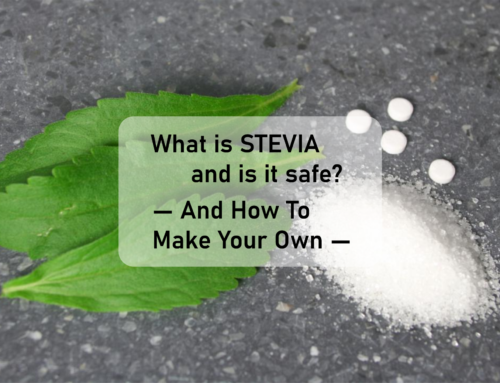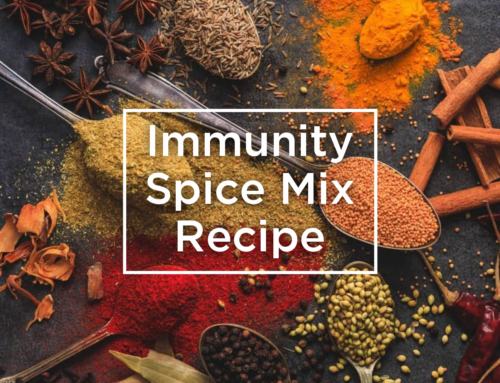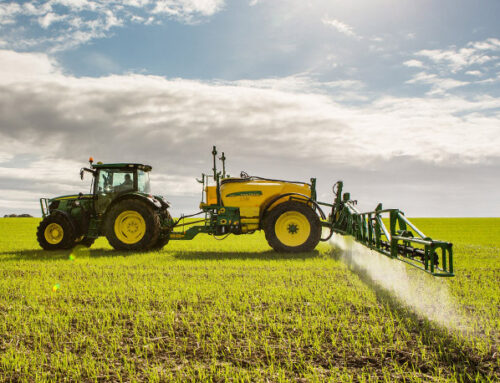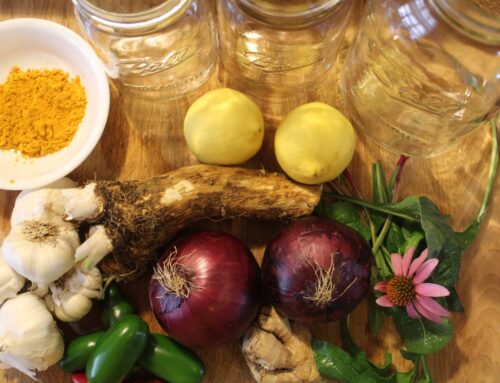NON-GMO VS. ORGANIC: What Is The Difference?

Now more than ever consumers are inundated at the grocery store with seemingly unlimited options. From organic to non-GMO, genetically modified organisms, to regenerative to fair trade to natural there are dozens of “healthy” food labels that are confusing consumers.
One of the most confusing labeling conundrums is the difference between the well-known Non-GMO Verified “butterfly” label and the Department of Agriculture’s USDA Certified Organic seal.
Unfortunately, this should be simple for consumers: buying USDA organic products means that the product is already non-GMO along with so much more. But many consumers do not know this. On rare occasions, GMO crops can contaminate organic but the contaminated crop can no longer be sold as organic.
The USDA organic seal comes with all the peace of mind one should have when buying food. USDA organic means that food products with the organic seal prohibit the use of GMOs, antibiotics, herbicides, toxic chemicals and more. Organic crops cannot be grown with synthetic fertilizers, pesticides or sewage sludge. There are also strict regulations around the humane treatment of animals that bear the USDA organic seal. Animals must eat certified organic feed and cannot be treated with hormones or antibiotics and they must have access to pasture.
On the flip side, Non-GMO Verified products only exclude GMO ingredients. Being verified means that the product does not include GMO ingredients but that does not mean the product is free from toxic chemicals such as glyphosate, dicamba or over 700 other chemicals used in conventional food production.
To be verified Non-GMO a product goes through a third-party verification process. This is done through the Non-GMO Project, a non-profit organization that created its own set of standards. This is different from USDA organic which has strict government regulations that are assessed and altered every few years to ensure that new pesticides are being researched and added to the list of prohibited substances and more environmentally friendly practices are being implemented. The Non-GMO Project tests products and spot checks at different points in the supply chain along with yearly inspections for ongoing compliance. Whereas every organic farm, packing facility, processor, and distributor involved between the farm and market is inspected to verify compliance with the USDA organic regulations. Every organic operation is required to renew its certification each year. During the renewal process, the certified organic operation provides an annual update to the certifier, the inspector conducts an annual on-site inspection, and the certifier reviews the application and the inspector’s report to determine if the applicant still complies with the USDA organic regulations. This process continues as long as the operation is certified.
With over 30,000 on-site inspections per year by certifying agents to monitor compliance with USDA organic standards, consumers purchasing products with the USDA organic label can rest assured that the product has maintained its organic integrity – from farm to table
One of the major other differences between USDA organic and non-GMO products is animal feed. On the Non-GMO Project website it states, “If the feed for the animal product contains high GMO risk ingredients such as corn or soy, testing is required to show that those ingredients meet our standard. The feed does not need to be Non-GMO verified as long as it meets our testing requirements.” All USDA organic feed must also be certified organic which means all the stringent rules surrounding organic not only apply to the crops but to the feed that animals eat.
On average it only takes 3 to 6 months to get a Non-GMO verification for a product while it takes a farmer three years to convert their crops to be certified USDA organic. It is fairly easy to get a non-GMO verification since there are only a few major GMO crops that are used today including corn, soy, cottonseed, canola and sugar beets. The opposite is true of organic which is a much longer process.
The USDA organic regulations describe the specific requirements that must be verified by a USDA-accredited certifying agent before agricultural products can be labeled as organic. Overall, organic operations must demonstrate that they are protecting natural resources, conserving biodiversity and using only approved crop, livestock and processing inputs. The use of GMOs, ionizing radiation, sewage sludge and most synthetic pesticides and fertilizers is prohibited from organic production. If you are looking for the healthiest, most sustainable, humane and environmentally friendly products on the market USDA organic is the simple and easy way to know how your food is grown or how your products are produced.
This infographic displays what you’re investing in when choosing certified organic.

https://www.usda.gov/topics/organic
https://www.ams.usda.gov/about-ams/programs-offices/national-organic-program
https://www.usda.gov/media/blog/2012/03/22/organic-101-what-usda-organic-label-means
https://www.nongmoproject.org/





